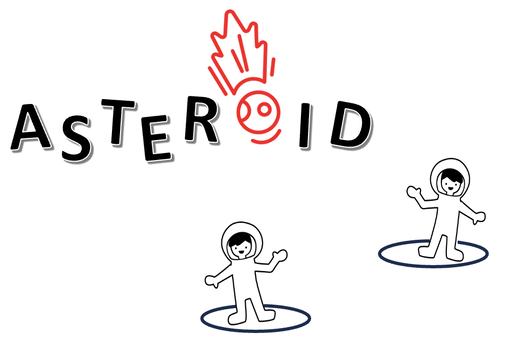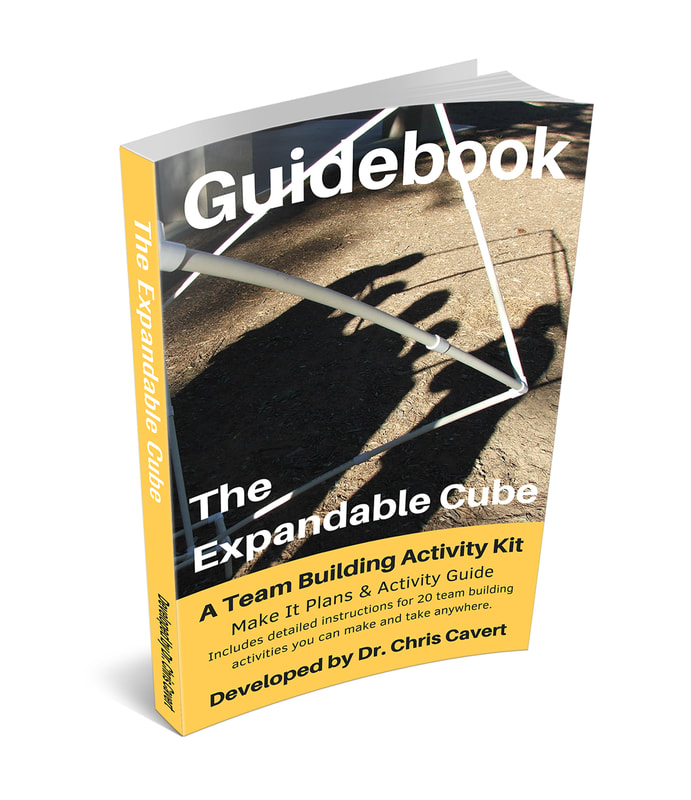I woke up one morning with a Moonball-y game running through my mind. It’s pretty simple, and perhaps you have already come across it – just because it popped up in my mind doesn’t mean that it didn’t already exist! Could you give it a once-over? I’d love to hear any insights or further ideas you may have about it.
Here is his initial overview [with a few light edits from me].
Asteroid
A game for 10+ participants.
Stage 1:
The group gathers behind the starting line.
Ahead of them is a space of about 6 to 7 meters and then the finishing line.
The group has a medium-sized lightweight ball.
The objective is to get the ball from the starting line to the finishing line without it touching the ground.
Rules:
- The ball must be bounced [struck] – volleyball-style – between the starting and finishing lines.
- Along the way, the ball must be bounced [struck] by every team member.
- Each team member may touch the ball one time only.
- Between the starting line and the finishing line, no one may hold the ball – participants may only bounce [stike] the ball to each other; they may use any part of their body – but only once for each attempt.
- The ball may not touch the ground.
The participants must take responsibility for the quality of execution, ensuring:
- Everyone touches the ball between the starting line and the finishing line.
- The ball is not held in any way.
- The ball does not fall on or touch the ground.
If any of the above instances occur, the whole group must return to the beginning and start again.
Once Stage 1 has been completed, the participants are presented with Stage 2.
Stage 2:
Perform the same task in minimum time.
Before each attempt, the team must set a target time – challenging, competitive, and doable.
Any penalty in Stage 2 will add 5 seconds to the final time achieved.
The team has 20 minutes, to including as many attempts as [possible].
Here are some initial thoughts I shared with Neil:
- I like the 'fast-paced' nature of crossing a designated area – good for high-functioning active groups (e.g., athletes, especially volleyball players).
- Neil showed me the ball he wants to use – a playground-type air-filled ball, smaller and harder than a beach ball. I like it! This will significantly increase the challenge (and, we could use a beach ball as a warm-up to the 'real' challenge).
- I'm not a fan of participants 'waiting' around. Neil suggests only one strike for each person. What if, after a strike, a person's feet are glued to the ground? They can still strike the ball but must stay in place. I think this could add some dynamics to the strategy of play.
- Neil noted, "A game for 10+ participants." I would form groups of 8 to 12. More than 12 increases the waiting time. And smaller groups, in turn, increase engagement, both during planning and implementation.
After I shared this with Neil, the idea was still bouncing around in my head (see what I did there?). I thought of one more thing to try:
- Each player (Astronaut) will have a spaceship (Hula-Hoop, large game spot, or rope circle). When traveling inside the Galaxy (open area) they must be in possession of their ship (carry it with them). When they strike the Asteroid they must have at least one foot inside their ship.
I'm seeing, in my head, that this will significantly increase engagement, provide other 'problems' to solve, and increase the level of satisfaction after completing the task (if possible?). (And, for sure, I would start with a beach ball – Astronaut training – before sending them into Space using the smaller playground-type ball.)
Have FUN out there!
Chris Cavert, Ed.D.







 RSS Feed
RSS Feed